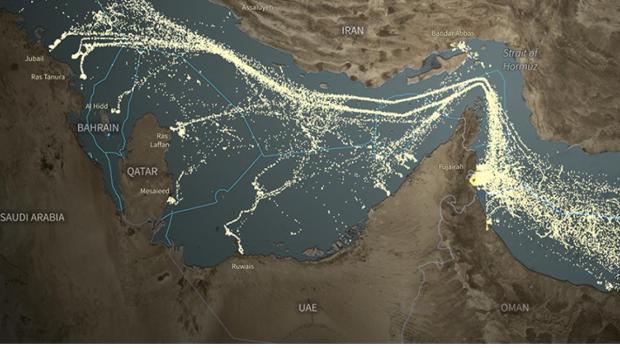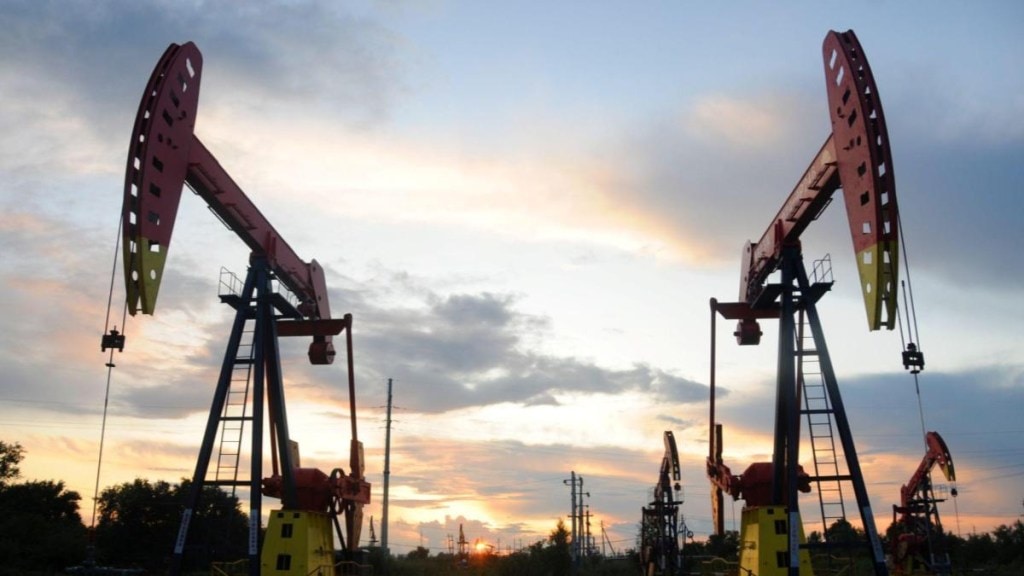Iran’s Parliament on Sunday (June 22) has approved the closing of the vital oil corridor Strait of Hormuz. The final decision on the matter will however be taken by the Supreme National Security Council, local state media reported.
The action comes in the wake of the recent US airstrikes on three major Iranian nuclear sites. The Strait of Hormuz is a narrow strategic waterway through which nearly 20% of the world’s oil and gas flows. As regional tensions flare up, concerns are mounting about the impact such a move could have on global energy supplies and on countries like India, which depend heavily on crude oil imports.
Why does the Strait of Hormuz matter?
The Strait of Hormuz connects the Persian Gulf with the Arabian Sea and is little over 30 kilometres wide at its narrowest point. Despite its size, it is a critical artery for global energy. In 2024 alone, the strait saw an average of 20.3 million barrels of oil and 290 million cubic meters of LNG pass through daily. The bulk of oil exports from Saudi Arabia, Iraq, Iran, the UAE and Kuwait are shipped via this route.

How will the Strait of Hormuz closure impact India?
For India, which imports 90% of its crude oil and about 50% of its natural gas, the implications are serious but not alarming. Roughly 2 million barrels per day (bpd) of India’s total 5.5 million bpd oil imports transit through the Strait. According to the US Energy Information Administration (EIA), 84% of the crude and 83% of LNG moving through the strait in 2024 went to Asian markets, with India, China, Japan and South Korea accounting for 69% of crude oil flows.
However, thanks to diversified sourcing, India is currently better insulated. Industry experts say alternative suppliers like Russia, the US, Brazil and West Africa can compensate for any shortfall, even if such options are slightly more expensive.
In fact, Russian oil, a major source for India, does not rely on the Strait of Hormuz, traveling instead via the Suez Canal, Cape of Good Hope or the Pacific Ocean. On the gas front, Qatar, India’s main supplier, also ships LNG through alternate routes. Other LNG sources like Australia, the US and Russia would remain unaffected.
Price fluctuations in Indian market
While supply chains may hold up, analysts warn of a near-term spike in prices, with crude potentially jumping to $80 per barrel. Still, with strong diplomatic ties and flexible import strategies, India is prepared to manage short-term disruptions, experts say.
Oil Minister Hardeep Singh Puri on June 13 assured that India has sufficient energy supplies for the coming months and is well-positioned to manage any disruptions. In case of a shortfall, India can tap into its strategic petroleum reserves, which cover about 9–10 days of imports. The government may also consider offering price subsidies to contain inflation, particularly on diesel and LPG, if global crude prices surge.
However, higher international oil prices could impact the financial margins of state-run fuel retailers like Indian Oil Corporation, Bharat Petroleum Corporation Ltd and Hindustan Petroleum Corporation Ltd, which have kept domestic prices steady even during past declines.

